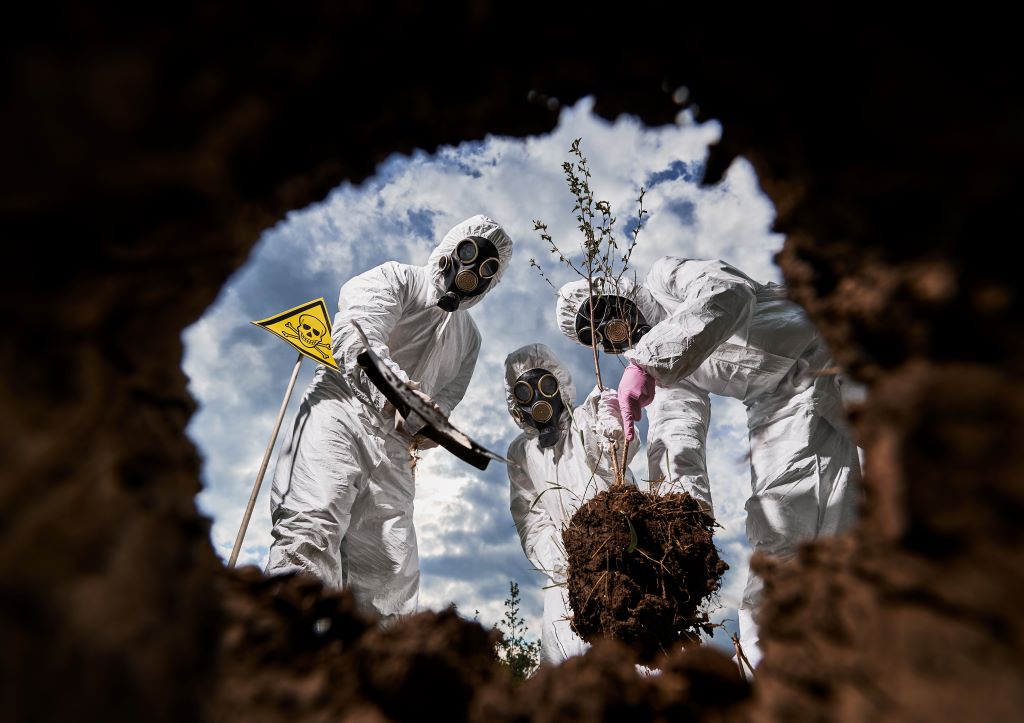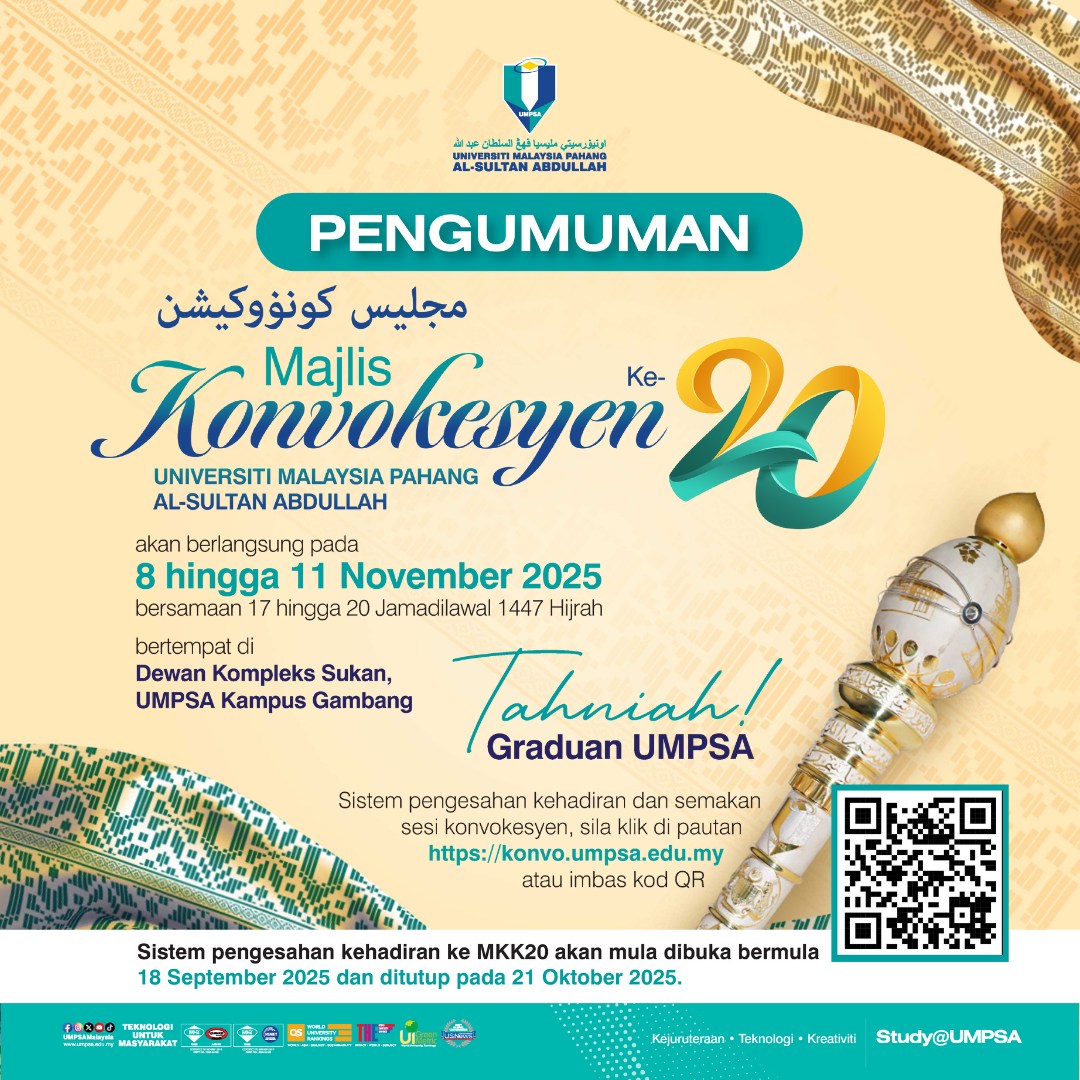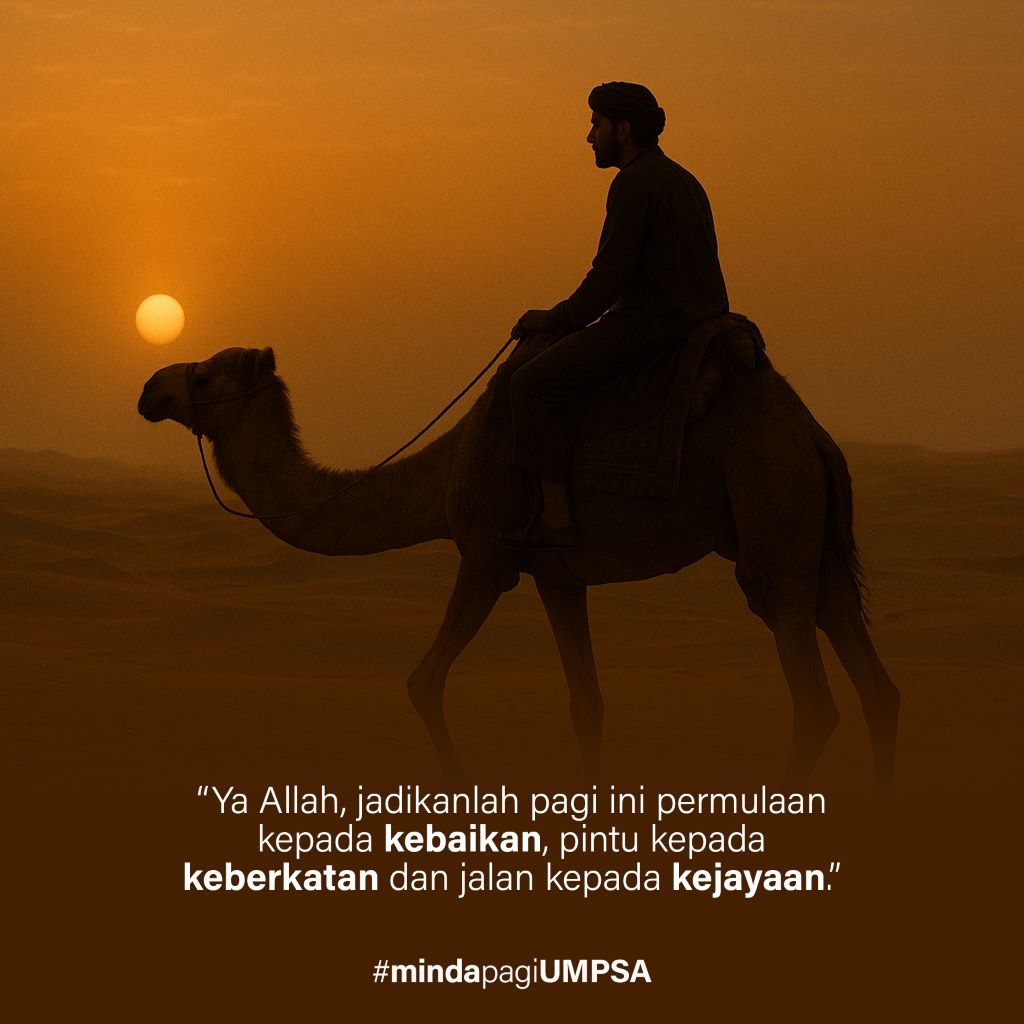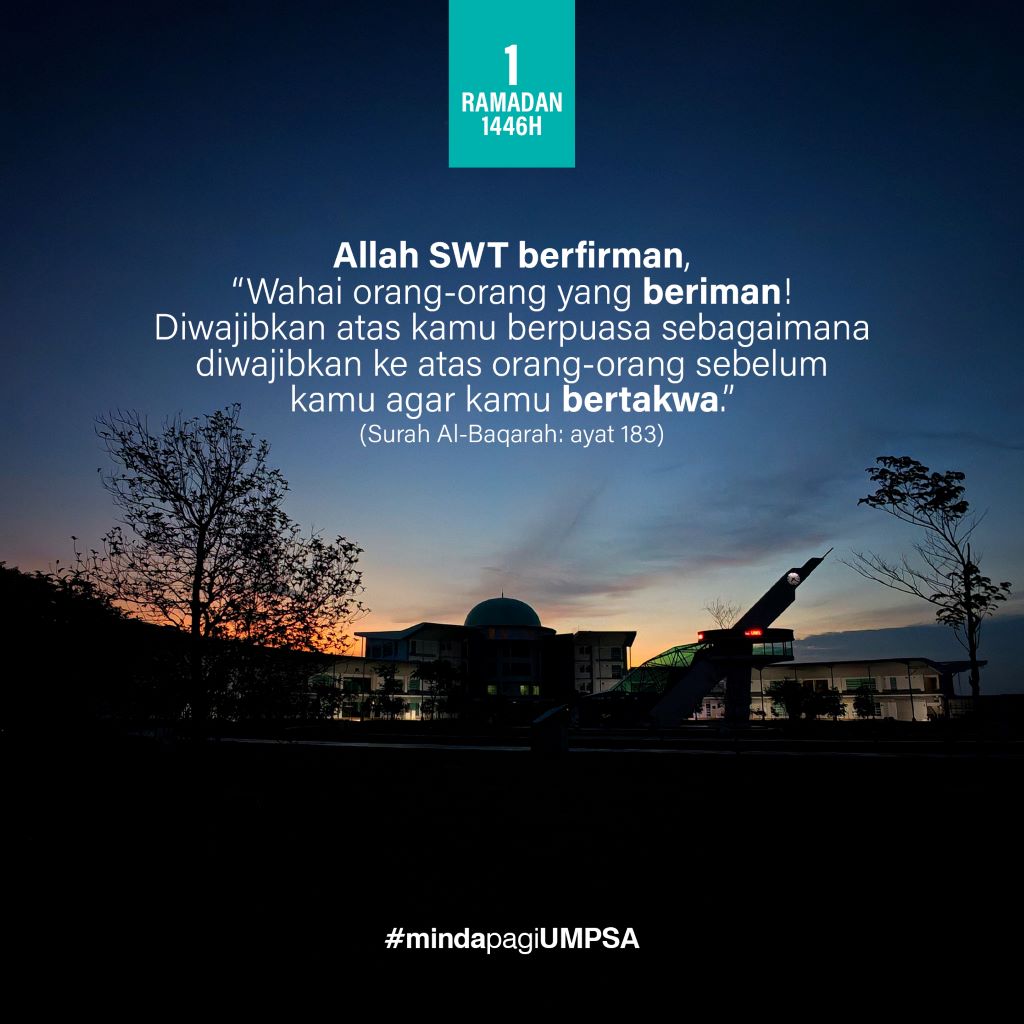Lynas Industrial Waste – Is It Dangerous?
The safety and environmental issues surrounding the operation of the Lynas plant in Gebeng, Pahang, have once again become a topic of public debate as the time for Lynas’ operating license renewal approaches.
This is not the first time such a debate has taken place; it happens every time the license is up for renewal. The debate becomes even more heated, particularly when it resurfaces near election season or during a change of government.
Therefore, it is not surprising that the debate has resurfaced again this year, as Lynas’ operating license is set to expire on 2 March 2023, and must be renewed. Once again, the efforts to settle “unfinished business” have begun.
What is interesting this time is that the debate has become more controversial following the Minister of MOSTI’s press conference announcing the license terms. This is somewhat awkward, as the renewal of the factory’s operating license, which is under the control of the Atomic Energy Department (JTA), is typically carried out online by JTA.
The central issue of the current debate is the disposal of WLP waste, which is classified as radioactive waste.
There are groups and individuals who are opposed to Lynas and argue that the accumulated WLP at the Lynas plant in Gebeng is extremely dangerous and must be sent back to Australia. If this is not done, Lynas should cease its operation. On the other hand, the Minister of MOSTI has announced that Lynas’ operating license will be extended for another three years from 3 March 2023, provided that it stops the “cracking and leaching” (C&L) process, which produces radioactive WLP. In fact, the Minister of MOSTI has stated on his social media platform that he is considering the option of allowing C&L if the WLP can be removed from Malaysia.
Is WLP Dangerous?
According to a characterisation study conducted on WLP, it is a radioactive substance classified by the Department of Atomic Energy (JTA) and the International Atomic Energy Agency (IAEA) as a material with VERY LOW LEVEL RADIOACTIVITY. This level is above the level of radioactivity that does not require control. The radioactivity of WLP is relatively equivalent to the radioactivity found in some phosphate rocks imported by Malaysia for fertiliser production. The radioactivity of WLP (around 6 Bq/g Th) is significantly lower than that of monazite or Malaysian tin tailings (amang), which can reach 300 Bq/g Th. Additionally, oil sludge from the petroleum industry has a radioactivity of around 27 Bq/g Ra-226. Several reports from international agencies such as IAEA, continuous monitoring of AELB, and third parties such as local public universities indicate that the radiation rate from WLP is very low and does not exceed the standard level that has been set. The public dose reading from Lynas does not exceed 0.2 mSv/year, compared to the public limit standard of 1 mSv/year.
Can This WLP Be Benificial for Other Usage?
Lynas has reported that a study using WLP to develop CondiSoil, a type of soil conditioner, has been conducted. The study, which took almost five years and cost millions of ringgit, was conducted by researchers from UPM, UKM, UMP, MARDI, and accredited laboratories such as SIRIM. The study was conducted with the approval and monitoring of authorities such as DOE and JTA, and confirmed that WLP is safe to be used as a soil conditioner. In fact, a meeting in February 2019 involving KP DOE, TKP AELB, KP MARDI, the General Manager of MADA, and the Deputy KP of the Department of Agriculture, along with the Chief Secretary to the Government, concluded that there was no issue for CondiSoil to be used safely as a land conditioner. In conclusion, WLP is equivalent to the source of phosphates derived from phosphate rock used in the manufacture of fertilisers, as the phosphate rock also contains radioactive material equivalent to WLP.
According to reports, the JTA/MESTECC (now known as MOSTI) instructed Lynas in 2020 to discontinue all research involving WLP as a soil conditioner. This directive was included in the operating license terms for Lynas for the period of 2020-2023.
The MESTECC decision surprised the research community as they expected the ministry to encourage further research and even suggest expanding WLP studies, not dismiss them. Research and innovation are crucial to explore safe ways of using WLP and reduce its production and storage. However, MESTECC ordered the construction of a permanent disposal facility to dispose of the WLP, contradicting the principle of cradle-to-cradle in managing industrial waste, and instead following a cradle-to-grave approach that is somewhat alien to the concept of a circular economy.
Is Sending Back WLP to Australia the Best Solution to WLP Issue?
We often hear suggestions, and even persuasions, that the WLP generated at the Lynas plant must be shipped back to Australia because the Lynas factory’s raw materials came from Australia. This approach is similar to directing our country to accept the waste of the bauxite processing industry in China because the bauxite comes from Malaysia. Is it appropriate for us to urge our government to send oil sludge resulting from refining imported crude oil in our country back to the supplier countries? Do we want to receive rubber waste made overseas sent back to Malaysia because Malaysia is the supplier of the latex?
The transfer of industrial waste from the generator to another country must comply with international conventions (e.g., Basel Convention and IAEA protocol), where both the exporting country and the recipient agree. This method is highly discouraged and even irresponsible. The country that generates waste must find ways to manage it as best as possible.
What Should Malaysia and Lynas Do with the WLP?
1. Do not classify WLP as waste until it can no longer be utilised.
2. Encourage research not only for the utilisation of WLP, but also for its reduction in production.
3. Authorities should fully utilise the results of waste and recycling research. Once established standards for a product are met, the authorities must make a timely decision and issue a certificate of acceptance to avoid raising doubts among users.
4. The storage of WLP in the permanent disposal facility (PDF) should only be considered as a last resort when it has been certified as waste.
5. The return of waste to the supplier country should not be considered unless we want to receive waste resulting from the processing of our raw materials abroad.
6. Powerful and industrial forces must work together to manage industrial waste in an atmosphere of mutual accountability.
Way Forward
The post-COVID-19 situation has had a significant impact on the economies of countries worldwide. To recover from the economic downturn, it is crucial for countries to take constructive initiatives to develop their industries, including the critical mineral industry. However, addressing controversial issues, such as the Lynas rare earth plant, without paying attention to scientific data and accurate information and allowing political interests to cloud the issue can be detrimental to the country’s economic development.
The rare earth industry is critical and strategic, with a significant impact on the development of clean energy, green technology, electric vehicles, catalysts, defence, electronics, and other sectors. By taking appropriate steps to manage this industry and considering the importance of factors such as Environment, Social and Governance (ESG) and Sustainable Development Goals (SDG), we can accelerate progress.
Relevant research and development activities can significantly contribute to the sustainability of industrial development. In this regard, since 2014, the Centre for Sustainability of Ecosystem and Natural Resources (Pusat ALAM) at UMP, formerly known as the Rare Earth Research Centre, has been actively working on various research studies in the rare earth industry, involving mining, processing, and downstream industry players. At UMP, responsible mining is one of the key focuses in the research and development of the country’s rare earth industry, aimed at strengthening the sustainability of this industry.

The writers are the Principal Consulting Fellow and Director, respectively, from the Centre for Sustainability of Ecosystem and Natural Resources (Pusat ALAM), Universiti Malaysia Pahang (UMP).
e-mail: badhrulhisham@ump.edu.my and yusri@ump.edu.my
- 1689 views










